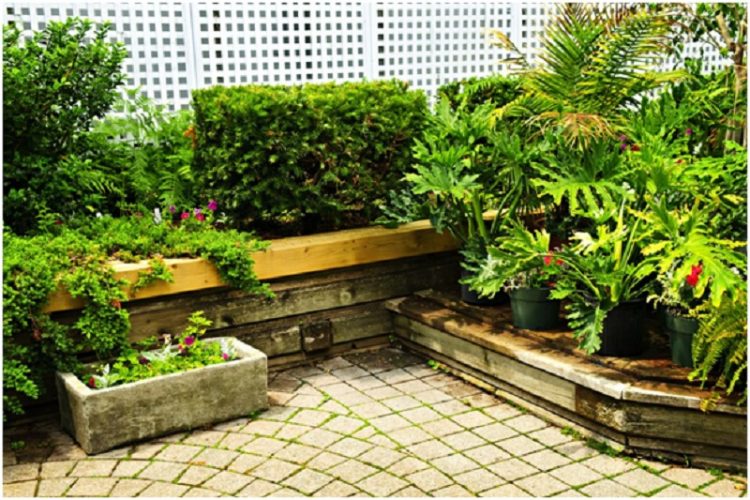Overview
A backyard is more than just an open space on a property, it makes a house feel like a home. It is a personal space that can be used to bond with family and friends as well as a place for children to play and create memories. However, to develop this area boundaries are important both on the perimeter of the backyard and in the backyard itself (retaining walls). This piece will delve further into the needs and benefits of fences and retaining walls in your backyard.
Why You Need a Fence
There are several reasons why you might need a fence around your backyard and house entirely. The first reason is the most obvious, safety. This is especially necessary if you have kids or pets. Not only does having a fence keep your kids and pets safe from accidentally wandering into nearby hazardous areas. But it also stops possible external threats easily wandering into your backyard such as wild animals, thieves or vandals. Secondly, while the majority of homes come with a fence there are still some, where this isn’t the case. While in a rural, picturesque countryside town this lack of fencing may be valued, in highly urbanized areas, houses without fences lose value. Your home is an asset and the more valuable it is, the more return on investment you can earn from it. Thirdly, a fence adds a layer of privacy. This is particularly useful if you want some privacy without alienating your neighbours. Lastly a fence can add style to your backyard, as there are a wide number of various styles of fences including fence panels & slatted fencing, that can be installed to compliment your home.
Why You Need Retaining Walls
The three main reasons why you might need retaining walls in your backyard are to build a garden, to prevent rocks and soils from sliding in your personal space and to create a texture and improve the aesthetics of your yard. Retaining walls become especially necessary if you have a sloping backyard. Depending on the landscape, retaining walls are primarily constructed using strong woods, stones, bricks or concrete.
Types of Woods Used for Fencing and Retaining Walls
Here are the 2 common types of woods that can be used for both fencing and retaining walls.
- Treated Pine:
Pine sleepers provide a great natural-looking environment. These are strong yet light woods that are best used as retaining walls. As well as being a cost-effective retaining wall, treated pine sleepers can be decorated to add beauty to your space. When treated properly, they last up to 20 years regardless of the weather conditions in your region. Even though they are treated with CCA chemicals, they can be safely used in gardens. The alternative is ACQ arsenic-free treatment.
Treated Pine is also a perfect option for fencing not only due to this durable nature but also the fact that it is readily available and a cost-effective alternative to many other wood types available.
- River Red Gum:
The distinct feature of the River Red Gum is of course its red colour, which has made it particularly valuable as a design element in both fencing and sleepers. The River Red Gum is also known for its high strength and durability which makes it valuable as both a sleeper and for use in fencing.
Summary
Regardless of what your reasons are for having a fence or retaining walls, it is well worth spending some time to explore the various options available that best meet your needs. Not only does each add value to your home, but they are also a great way to secure your dream backyard aesthetic.

